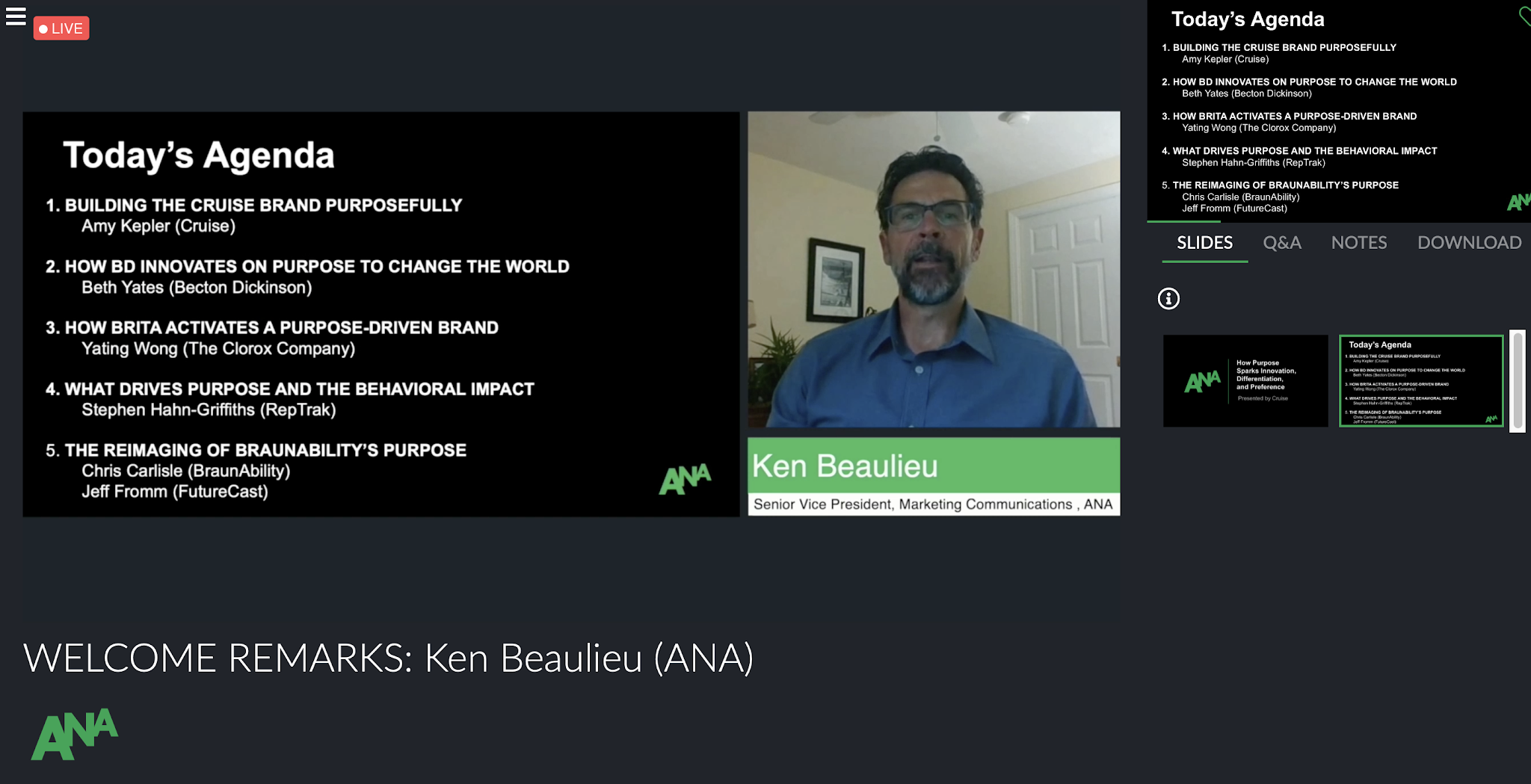Maximizing Mobile Creative 2016
On September 22nd, The ARF held an
event with prestigious industry speakers who shared their knowledge and best
practices on maximizing mobile creative, one of the 21st century must if you want to keep up with today's
fast changing landscape.
The conference started with analysis
and insights of mobile advertising that speaks to consumers. It was surprising
and interesting to know that only 38% of ads are customized to platforms, even
though it is extremely important to do so in order to achieve an effective
campaign. The session highlighted how people behave in an age of communication
through the use of technology. Have you ever wondered how any hours a day you
spend texting? How many Facebook, Instagram or Twitter posts do you send a
week? Would you be able to cut all social media and all social apps from your
phone? As Ben Jenkins, Founder and CEO of Sympler, said: "We are in a
perpetual state of conversation". Indeed, we are. We are not only in a
perpetual state of conversation but we are dependent. If we don't have access
to it, we feel disconnected, even abandoned, from the world, even though, not
long ago, people lived just fine without them.
How can we, as advertisers and
marketers use this trend, this desire and human need to stay connected, to promote
brands?
"There is an opportunity for
brands to literally help people express themselves (...) brands can now enable
this digitally. Messaging is the next frontier of brand building" said
Sarah Watson, Global & NY Chief Strategy Officer of Bartle Bogle Hegarty NY.
From brands creating their own emojis, meme creators and Snapchat filters, it
is now time to expand beyond the traditional digital platform. It is time for
brands to help people express themselves in their conversations: "Brands
go viral when fans chat through them not about them", Sarah Watson.
We would all agree that content is
important. However, in mobile platform, format in which the ad is presented can
be as equally or more important as content. That's what Carl Marci from Nielsen
Consumer Neuroscience highlighted during his speech of emotional engagement on
the big screen vs. the little screen. As you might have guessed, viewers are
more likely to stick with ads on the TV (live TV 84%, on demand 83%) as opposed
to PC (17%), tablet (17%) and phone (29%), specially because the last three
platforms allows viewers to skip ads. No surprise there. But does the screen
size matter for branding? Is it more effective to have a bigger logo on
smartphones ads than on PCs? According to neuromarketing, yes. People are often
distracted when watching commercials in little screens - that is, the few that
do not skip the ad - their eyes move off screen while that do not happen for
other platforms. The way they perceive the same ad in several screens is different.
How to capture their attention? Increase the logo, tagline, change the layout
to fill the screen when communicating on smartphones: make it bigger, so that
the viewer can't help from looking.
Overall, the event was very informative
and insightful and a few speakers mentioned successful mobile case studies.
BMW's campaign was the one that caught my attention for its innovative and
integrated strategy and marketing plan. As Ed Brojerdi from KBS NY explained,
BMW developed a commercial where consumer’s interaction was needed - by
inviting viewers to comment on digital platforms - in order to flourish.
However, how to engage both men and women in a product that is, mainly,
targeted for the male population? They had the brilliant idea to invite Gigi
Hadid, a worldwide known fashion model. With the quest "Try Keeping Your
Eyes On Gigi", they dared viewers to guess in which car Gigi was. The
campaign generated outstanding shared media results. In order to enhance the
experience, the brand also created 360-degree videos where consumers could
follow a single car or simply look at the sky. The campaign was a success. It
engaged potential customers that, otherwise, would not have been impacted by
the brand and straighten the relationship with those who already are consumers.
BWM also engaged by asking Gigi to post behind the scenes situations - pictures
of the backstage, asking which dress she should wear - all to generate word of
mouth and to build expectation so that, when the commercial was aired, people
would remember. A creative, engaging and successful mobile execution supported
by many channels.
We are now in a fast changing (mobile) market
and brands need to respond quickly if they want to flourish in today's
landscape. If you haven't been to a mobile creative conference, I strongly
recommend. I assure you will not be disappointed.
***Check BMW's campaign here




